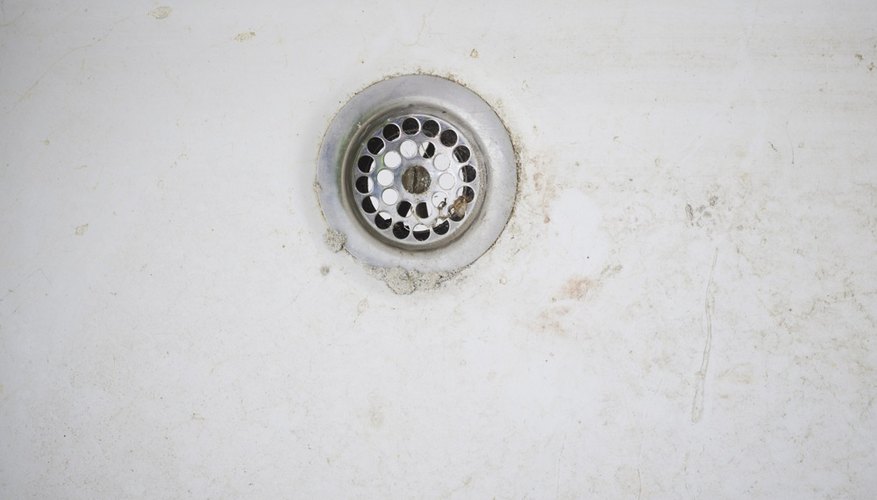If you have ever seen small worms emerge from your bathroom sink drain or shower drain, your home is probably infested with drain flies. Drain flies breed and lay their eggs in the slime layer found around the inside of sink and shower drains. The eggs hatch in the drain, and the larvae continue to feed in the drain for up to two weeks before maturing into adult flies. The larvae are 3/8 inch long, and they are grey in colour with black ends. The larvae typically don't venture out of the drain, but if your sink or shower drains slowly, or is partially clogged, the raised water level may push them out. The site of these tiny wormlike larvae can be rather unpleasant, so get rid of them by cleaning your drains immediately.
How to kill bathroom worms
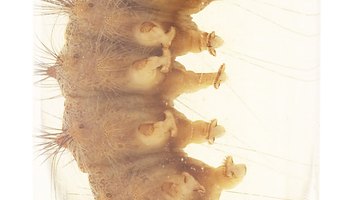
Turn the hot water on to rinse the larvae back down into the drain. Let the water run for several minutes before proceeding.

Put on a pair of gloves. Shut off the hot water. Remove the drain cover or plug.
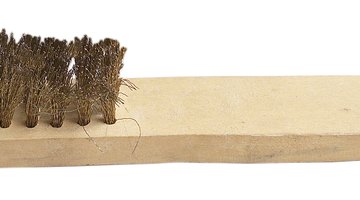
Insert a stiff wire brush down into the drain. Scrub the inside walls of the drain and pipe. You have to remove all of the slick, slimy layer in order to effectively rid yourself of the fly larvae. Once you have scrubbed the inside of the drain, remove one glove and feel the inside of the drain with your finger. If the inside walls are not slimy, you are finished. If the drain walls are still slimy, keep scrubbing them with the brush until they are not.
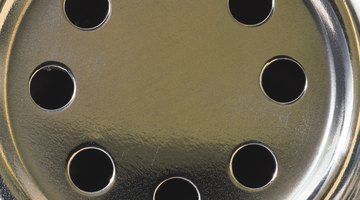
Clear any clogs down in the pipes with a plumbing snake. You do not want the water levels to back up because of an obstruction in the pipe. A plumbing snake is less harmful on your pipes than the harsh liquid drain removers.
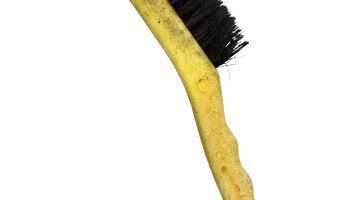
Remove and clean the drain trap from your bathroom sink. If the larvae emerged from your sink, remove the S-shaped piece of pipe directly beneath the sink. Take the drain trap to another sink and run hot water through it. Scrub the inside of the pipe with your wire brush. Replace the section back under the sink.
- Turn the hot water on to rinse the larvae back down into the drain.
- Scrub the inside of the pipe with your wire brush.
